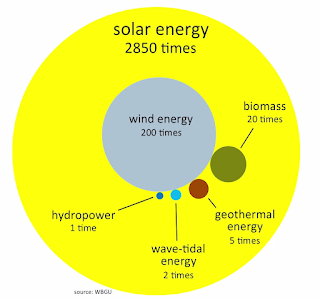In addition to batteries and fuel cells, another important technology helping society to reach 80% or more greenhouse gas emission reduction is photovoltaics or solar cells. At NIMS, a team lead by Kenjiro Miyano is researching the application of perovskites in solar cells to increase efficiency rates.
"Perovskite" is the name given to a structure whose elements can vary. Researchers are still discovering different combinations of elements that can function as perovskite structure and that have a high efficiency for solar power conversion. At NIMS one of the configurations under study is CH3NH3PbI3. You can learn more technical details about perovskites in this TEDX talk.
Perovskite CH3NH3PbI3
(Image from https://www.nature.com/articles/ncomms8497)
Over 90% of solar cells currently installed use silicon, which needs to be extremely pure (99.9999%) to function properly in a solar cell. Between 2000 and 2017, the efficiency of crystalline silicon solar cells has been stuck at around 25%. Solar cells using perovskites however, have made a dramatic advancement since their discovery in 2012 from around 10 to already 23% in the past 5 years. Perovskites can be applied to any surface, such as walls, roofs, windows, and are flexible, so the surface can be any shape. The purity is less of an issue than with silicon, and it can be printed as an ink. This makes perovskite solar cells easily producible and applicable as clothing, tape, or on any surface you can imagine. This way we can easily use even more solar power, which is the most abundant renewable energy source we can access.
Amount of times renewable energy sources could provide for the current global energy use
(Image from TEDX talk)


No comments:
Post a Comment